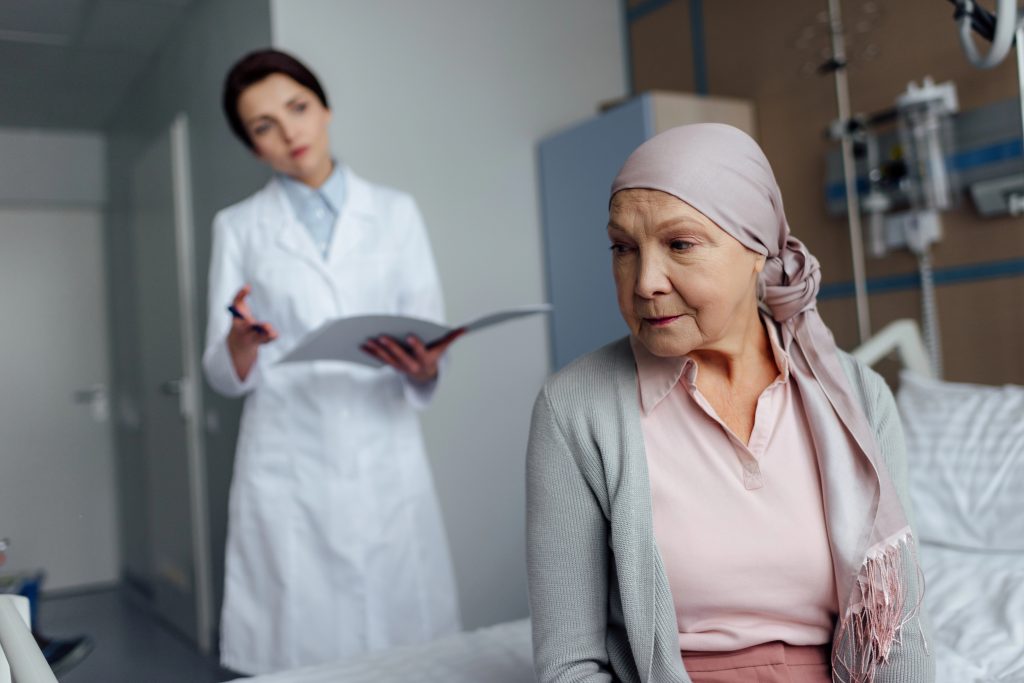
Is your zip code silently increasing your cancer risk? It’s a more than trivial question where you live can determine your chances of cancer survival in ways that extend far beyond genetics or lifestyle. Although everyone understands that smoking and family history are important, new evidence demonstrates that geography is the silent actor in America’s cancer epidemic.
In 2025, cancer is still the country’s second-largest killer, with more than two million new cases and nearly 600,000 fatalities. But states are not created equal. Some areas, particularly in the rural South and Midwest, are fighting cancer fatality rates that are astonishingly higher than the national rate. What’s causing these lethal disparities? Let’s dissect the most shocking and most actionable drivers powering the cancer chasm throughout America.
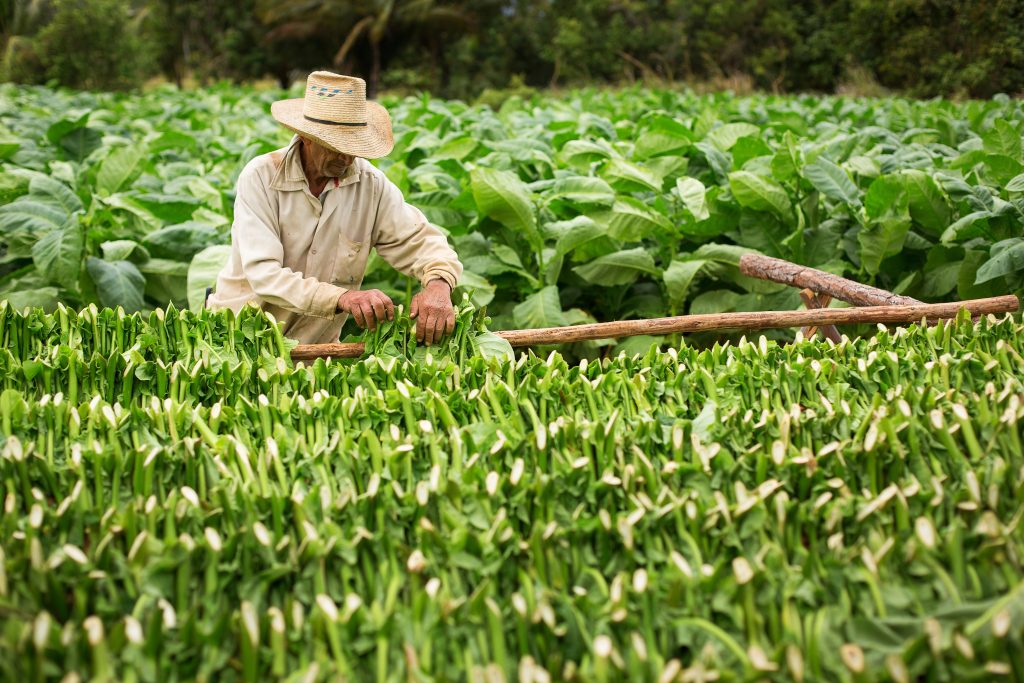
1. Kentucky: Where Geography Meets Tobacco
Kentucky leads the nation in cancer diagnoses, with 509.9 per 100,000 individuals significantly higher than the national average. American Cancer Society’s Dr. Ahmedin Jemal cuts to the chase: “Kentucky’s high cancer rates were because it was ‘among the states with the highest smoking prevalence, the leading cause of cancer death in the U.S. and in each state.'” (Newsweek)
But it’s not simply cigarettes. The Appalachian part of the state has special challenges: lower healthcare access, rural isolation, and decreased health literacy. Exposure to mining industries creates another complexity, particularly for lung cancer. Kentucky men are especially vulnerable, with 562.6 cases of cancer per 100,000 drastic gender disparity that remains even after controlling for lifestyle and environmental influences.
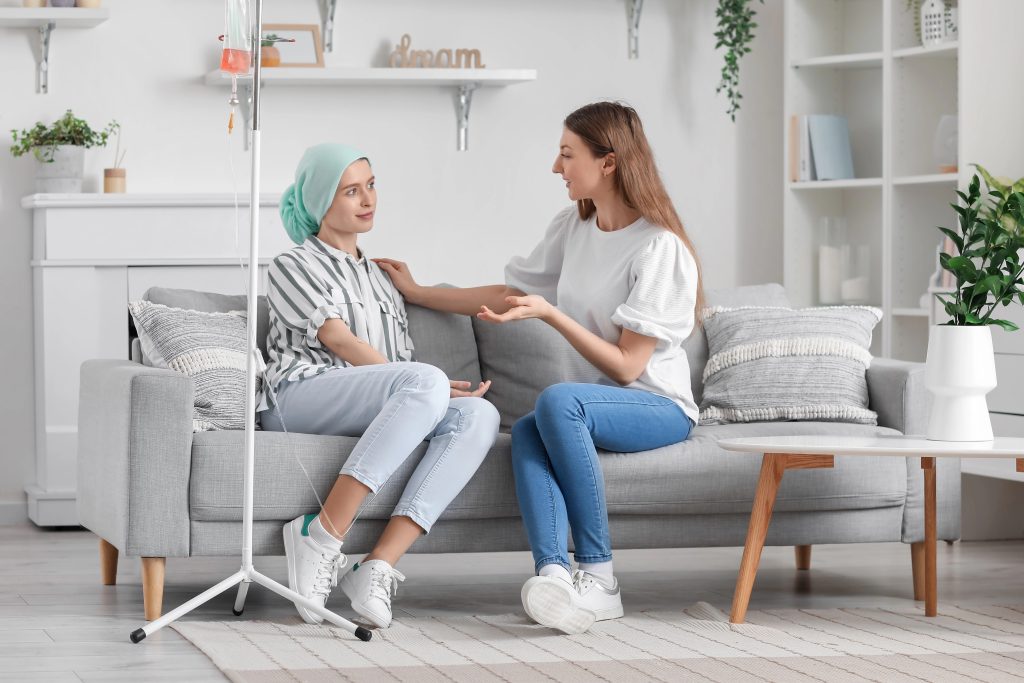
2. Rural America’s Cancer Survival Gap
Country living may be more than just wide-open skies and slower paces it can be a greater risk of cancer death. Cancer death rates are declining across the country, the CDC reports, but at a much slower pace in rural counties (1.0% annually) compared with urban areas (1.6%) (CDC).
Why? Rural areas tend to have fewer cancer centers, experts, and even routine screening available close by. A recent JNCI Journal of the National Cancer Institute review examined a breadth of studies and concluded that rural patients are more likely to be diagnosed at a later stage and less likely to have guideline-concordant treatment (JNCI). The travel distance by itself can be the difference between detection at an early stage and a lost opportunity for survival. And with lower ratios of physicians per capita, rural Americans have an increased risk of preventable hospitalization and death.
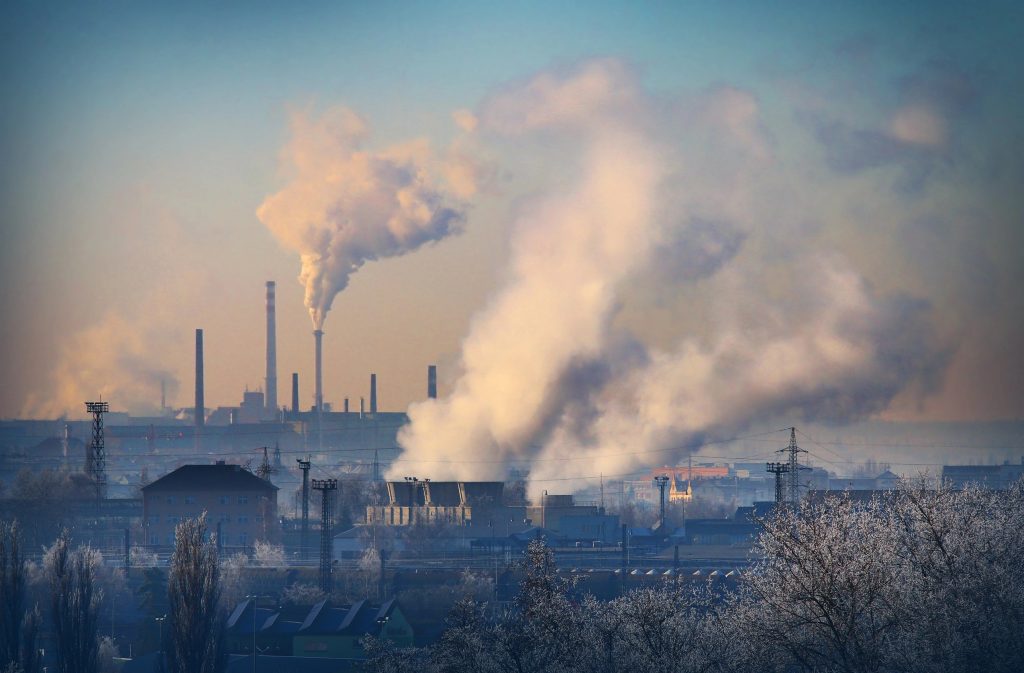
3. Pollution and Cancer: The Hidden Enemy
Industrial pollution is not a city problem. In areas such as Louisiana’s “Cancer Alley,” a crowded region of petrochemical factories, cancer death rates skyrocket particularly for lung and breast cancer. African Americans and low-income communities suffer most, residing nearer to polluting industries and experiencing increased mortality.
Outdoor air pollution is officially identified as a primary cause of cancer. The International Agency for Research on Cancer both indoor air pollution and particulate matter (PM2.5) as Group 1 lung carcinogens. In a recent meta-analysis, researchers determined that every 10 μg/m³ increase in PM2.5 increases the risk of lung cancer by 14% (NIH). And it’s not limited to lungs new studies connect air pollution with bladder, breast, and even childhood cancers. The takeaway? Where you breathe is important.

4. The Hurdle of Health Insurance
Insurance is more than a money buffer it is literally a lifesaver for cancer. Rural states tend to have increased rates of the uninsured, making screening, early detection, and cutting-edge treatments more difficult for residents to obtain. The Affordable Care Act (ACA) improved things, but not all states expanded Medicaid, and many rural adults found themselves in a coverage gap.
Following Medicaid expansion in 2014, expansion-state rural adults were just half as likely to lack insurance as those in non-expansion states (ASCO). Medicaid expansion also erased rural-urban disparities in coverage for patients with recently diagnosed cancer in those states. But in non-expansion states, the gap remains meaning geography continues to determine who has a fighting chance.

5. Health Behaviors: Smoking, Obesity, and the Rural Risk Factor
Behavioral risks load the dice against a lot of rural Americans. The rates of smoking and obesity are always higher in the rural Midwest and Southeast places that also experience the highest cancer mortality rates. The CDC says that these two are the top cause of cancer deaths in the area (Newsweek).
Rural dwellers are also less likely to receive sufficient physical activity and more likely to forego or postpone preventive screenings. Throw in greater poverty levels and lower health literacy, and it’s a formula for delayed diagnoses and worse outcomes. But there is hope: focused public health initiatives such as tobacco prevention, obesity prevention, and mobile screening units are beginning to narrow the gap in some areas.

6. Clinical Trials: The Access Divide
Clinical trials provide a window to the latest cancer care, but rural Americans are frequently left behind. Obstacles include fewer local research facilities, lower visibility, and practical challenges such as travel and missed work. However, when rural patients do participate, their survival rates equal those of urban volunteers demonstrating that access, not biology, is the issue (ASCO).
Creative solutions are on the horizon: telementoring programs such as Project ECHO pair rural doctors with cancer experts, and coalitions based in local communities are stepping up to increase trial participation. Scaling these efforts would bring lifesaving care to more Americans, regardless of zip code.
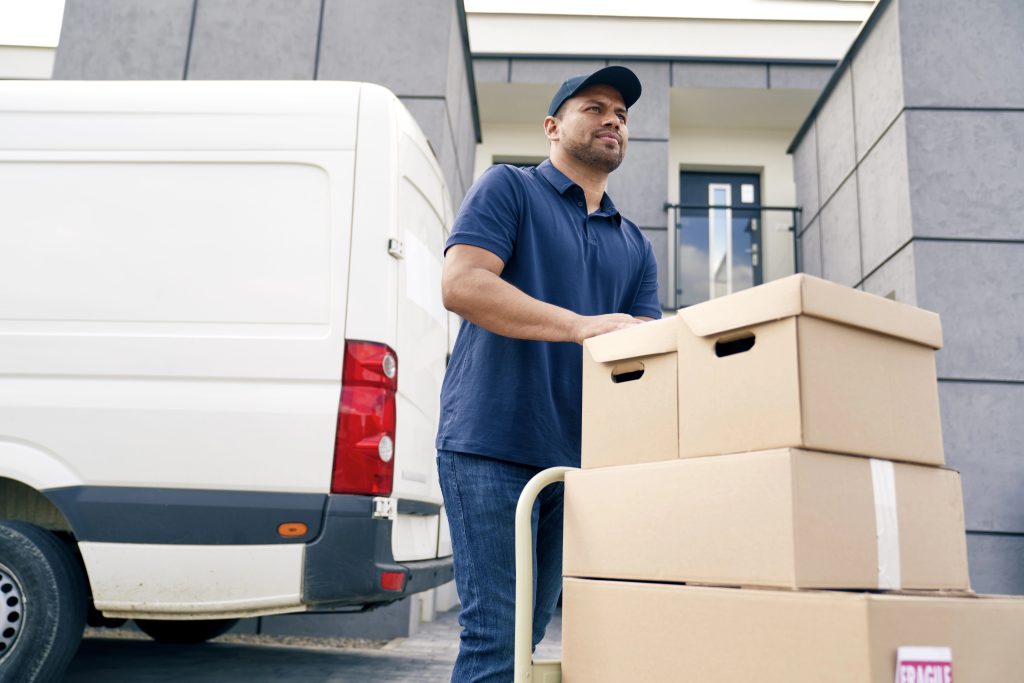
7. Transportation and Distance: More Than an Inconvenience
For most rural patients, reaching a cancer center is not only inconvenient it’s unhealthful. Research indicates that patients who reside over 50 miles from an infusion center are less likely to be prescribed prescribed therapies such as chemotherapy or radiation (JNCI).
Without access to reliable transportation, some simply do not seek care at all. This is not a convenience issue; it’s one of the main reasons why rural Americans are diagnosed later and die earlier. Fixes like telemedicine, mobile clinics, and increased non-emergency medical transport are gaining traction, but the situation is still urgent.

8. Health Literacy: The Silent Barrier
Knowing is half the battle but in rural America, health literacy deficits can be fatal. Rural cancer patients are 33% more likely to have poor health literacy, which makes it more difficult to learn about screening choices, treatment regimens, or even simple prevention recommendations (JNCI).
This issue is exacerbated by fewer chances at patient-provider communication and reduced access to plain-language health materials. Increasing health literacy through patient navigation, community outreach, and technology may enable more individuals to take control of their cancer risk.

9. Policy and Community Solutions: Turning the Tide
The better news? Change is not only possible, but it’s happening. States that have invested in Medicaid expansion, tobacco taxes, and aggressive cancer screening programs are already making progress. Telehealth, mobile outreach, and collaborations between rural clinics and large cancer centers are bridging gaps in care.
At the community level, fighting food deserts, enhancing transportation, and funding local health education can be effective. As Dr. Lisa Richardson of the CDC says, “Advances in cancer research have led to ‘great improvements’ in the prevention, detection and treatment of cancer, as reflected by the decline in overall cancer mortality rates in the U.S.” (Newsweek)
Cancer is colorblind, but America’s cancer epidemic is far from haphazard. Geography, policy, and community resources determine who gets sick and who doesn’t survive. The strongest lesson of all? These inequalities are not fixed. With smarter policies, targeted prevention, and a renewed emphasis on rural health, the U.S. can bridge the cancer gap one zip code at a time.


